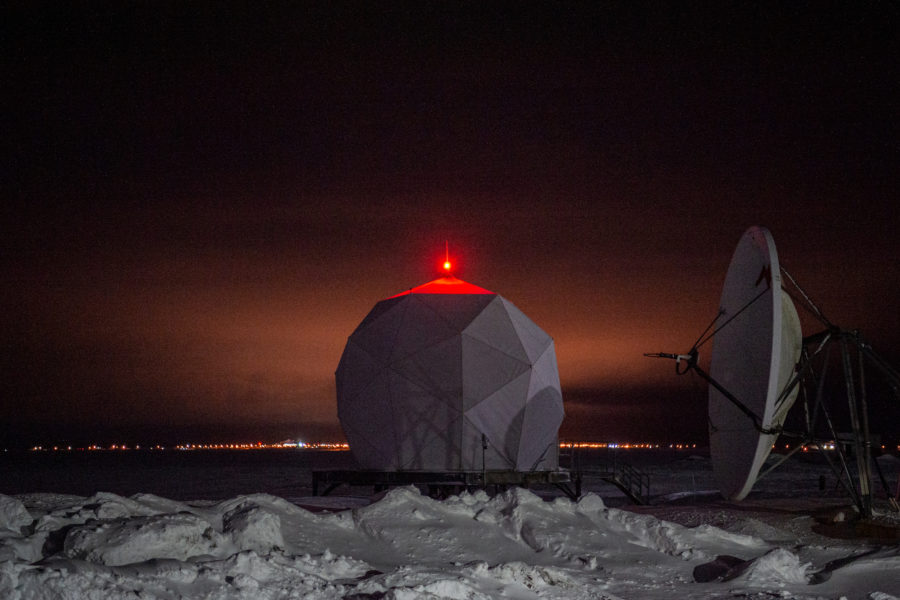A Russian warplane flew off the coast of Alaska during a large U.S. military exercise May 15—the second time Moscow’s military has gotten close to U.S. airspace in less than a week, according to the U.S. military.
In a short statement, North American Aerospace Defense Command (NORAD), said it detected and tracked a Russian aircraft in the Alaska Air Defense Identification Zone (ADIZ) on May 15. In a departure from common practice, U.S. planes did not intercept the Russian aircraft, nor did NORAD disclose what type of aircraft Russia was operating. The ADIZ serves as a buffer zone in international airspace, extended past U.S. sovereign airspace.
A NORAD spokesperson declined to provide further details.
While Russia regularly flies in the ADIZ—NORAD says the number of flights is roughly six or seven per year—the latest incidents are notable in that they come during a large U.S.-led exercise, Northern Edge, occurring over Alaska and in waters off the coast. While the Russian aircraft did not present any risk to U.S. and allied forces or North American sovereign airspace, according to NORAD, they did necessitate monitoring.
“An ADIZ begins where sovereign airspace ends and is a defined stretch of international airspace that requires the ready identification, location, and control of all aircraft in the interest of national security,” NORAD said. “NORAD remains ready to employ a number of response options in defense of North America.”
Russia conducted a flight of six warplanes near Alaska on May 11, also during Northern Edge, which began May 4 and is scheduled to wrap up May 19. Thousands of U.S., U.K., and Australian troops are participating in the exercise, along with roughly 150 aircraft and five ships.
Northern Edge drills are “multi-domain operations designed to provide high-end, realistic warfighter training, develop and improve joint interoperability, and enhance the combat readiness of participating forces,” according to Pacific Air Forces. The exercise is taking place “in and over” the Joint Pacific Alaska Range Complex and the Gulf of Alaska.
NORAD did not disclose either of the two most recent incidents until days after they occurred. There have been at least four Russian flights in Alaskan ADIZ this year—none of them were seen as a threat, according to NORAD.
“According to U.S. Northern Command, Russian military aircraft have flown in our ADIZ during large-scale U.S. exercises on occasion, so the timing of this most recent activity is not something considered particularly out of the ordinary,” Pentagon Press Secretary Brig. Gen. Patrick S. Ryder said in a statement released May 15, the day the latest publicly known incident occurred but before it was disclosed.
